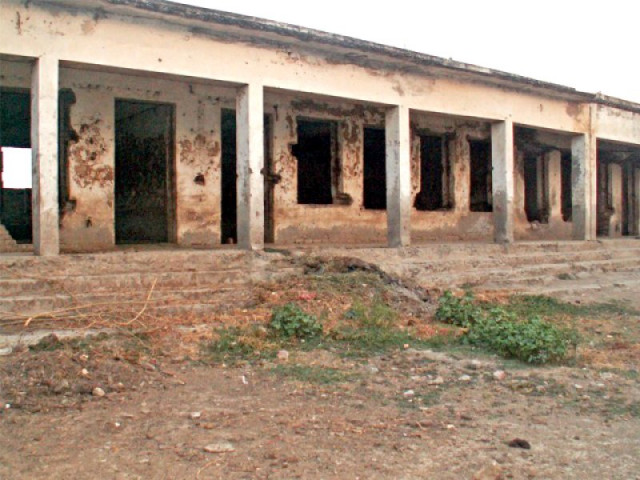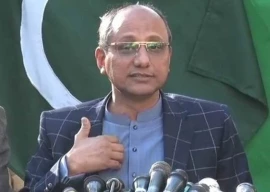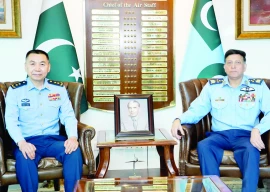
Despite offering the lion’s share to education in its successive annual budgets, the Sindh government seems to be waiting for a miracle that would make the failing public education system work again.
“Merely increasing the budgeted amount has not proved to be a viable solution, since around 7.3 million children between the ages of five and 16 stay out of school in the province. Those who do attend the schools simply fail to learn,” asserted Ahmed Ali, a research fellow at the Institute of Social and Policy Studies (I-Saps). He was speaking at the post-budget policy dialogue on the effectiveness of education financing held on Wednesday.
The institute, through its analysis reports on public financing of education in Pakistan, has been serving as a watchdog to stimulate policy response for enhancing effectiveness in spending. However, from the provincial government’s side, neither the education minister Nisar Ahmed Khuhro, who was supposed to chair the session, nor Khursheed Ahmed Junejo, who heads the Sindh Assembly’s standing committee on education, could attend the event.
Status of education in Sindh
Perhaps it was not easy for the education minister and other Pakistan Peoples Party lawmakers to explain the findings compiled by I-Saps as to why around 13,500 (28%) of the total 47,394 public schools in Sindh are still in unusable buildings or without any altogether. Or why over 23,000 (49%) schools still function without basic facilities, such as electricity and drinking water, another 20,212 (42%) without washrooms, and more than 18,938 (40%) without boundary walls.
This harrowing situation on the ground, argued Ali, demanded a thorough analysis of the Sindh government’s successive increments in its education budgets. In the fiscal year 2014-15, the provincial government had earmarked the largest share - around 22% - of its budget for education. This share, equivalent to Rs149.4 billion, was an increase of 10.3% compared with Rs135.5 billion in the year 2013-14, which itself was a 24% increase compared to Rs109.3 billion set aside for the fiscal year 2012-13.
Where does all the money go?
In order to understand the reality of these massive allocations in the face of hardly any substantial improvement in education indicators, one needs to look beyond the rosy picture that the Sindh government’s budget documents tend to paint.
The bulk of the education budget each year is consumed by the recurrent expenditures, which include the perpetually increasing salaries and allowances for the teaching and non-teaching staff as well as non-salary heads, such as utilities, maintenance and other operating expenses.
For instance, in the fiscal year 2014-15, a total of Rs134.4 billion have been set aside for recurrent expenses, of which over 75%, or Rs101.4 billion to be exact, will be spent on salaries and allowances. The more significant part of the budget, especially in circumstances when the public education system is in need of a complete overhaul, is the development expenditure that gets only Rs15 billion - around 10% of the total education budget - in the current financial year.
To put it simply, for every Rs100 that the government will spend on education, around Rs90 will be consumed on teachers’ salaries, allowances and other operating expenses, leaving only Rs10 for the development side, making it counterintuitive to suppose that the government will bring about any revolution in the education sector.
To make the situation even worse, the province faces the persistent problem of utilising the entire salary budget, while under-utilising the non-salary and development budgets each year. In the last fiscal year, the provincial government had spent only 33% of the Rs16.8 billion development budget for education while around 41% of the allocated Rs12 billion was spent in the fiscal year 2012-13.
Published in The Express Tribune, January 23rd, 2015.








1726054615-0/OpenAI-(2)1726054615-0-270x192.webp)









COMMENTS
Comments are moderated and generally will be posted if they are on-topic and not abusive.
For more information, please see our Comments FAQ